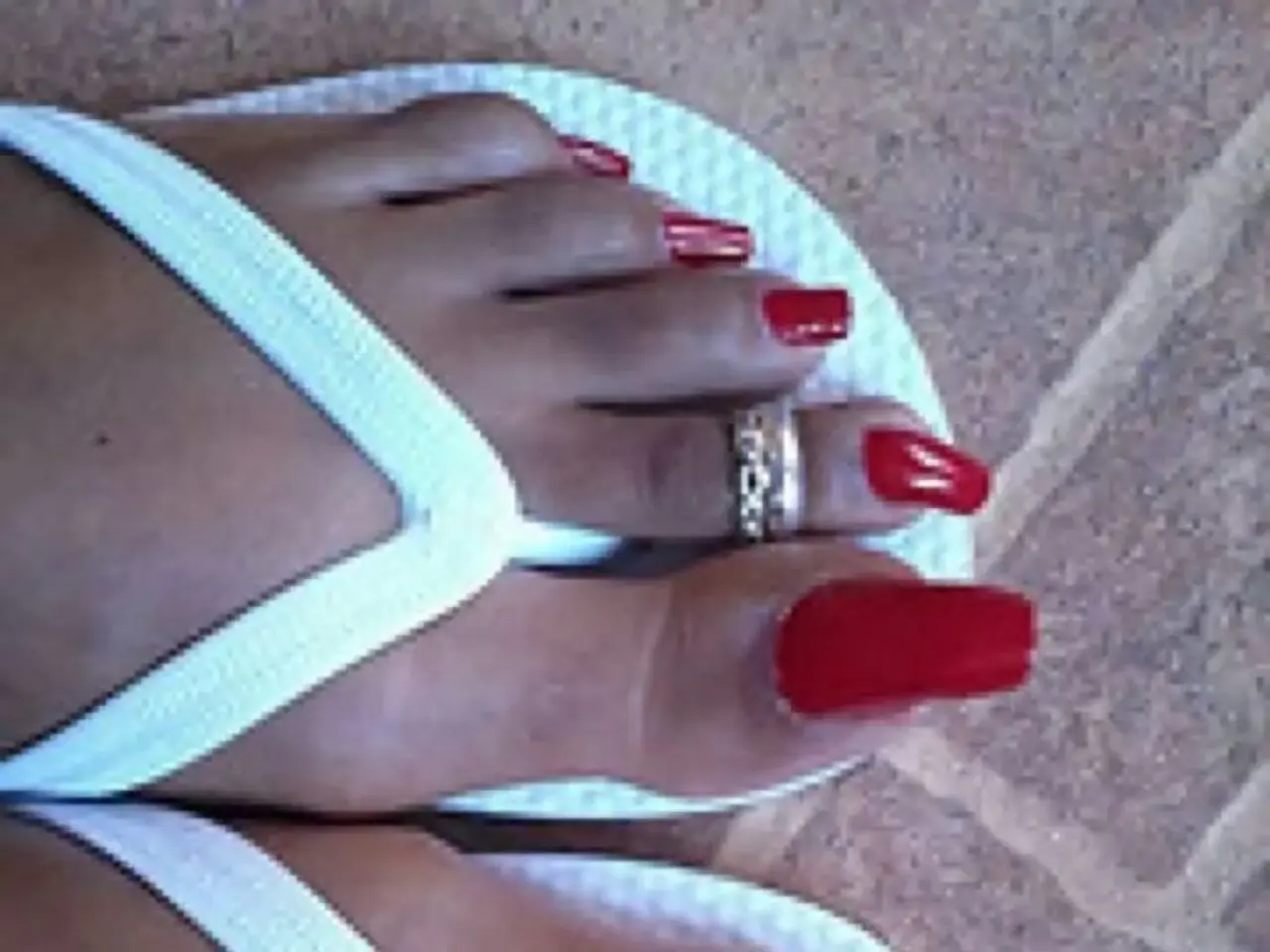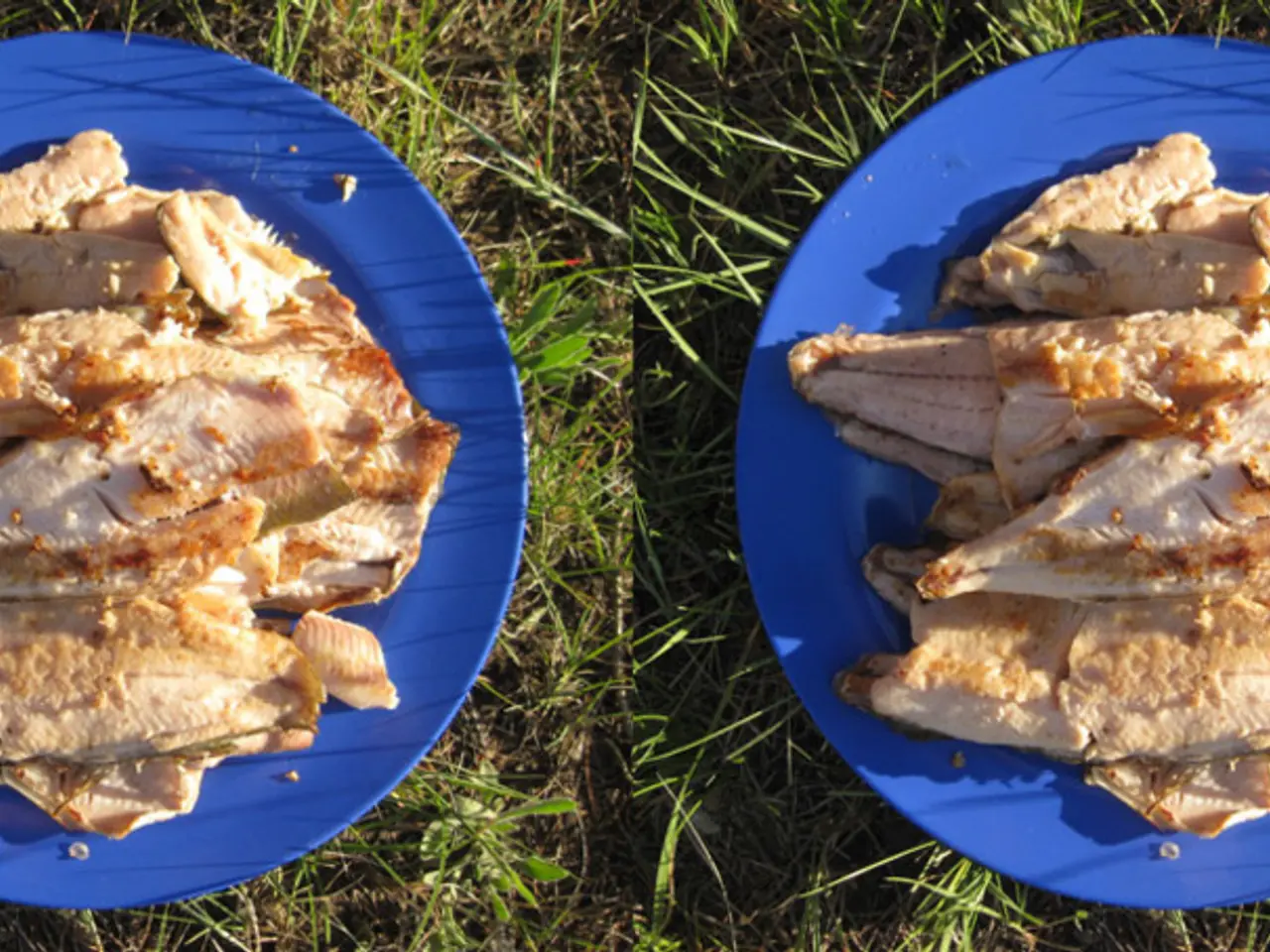Mallet Toes Explained
Mallet toes, a common foot deformity, are characterized by an abnormal bend in the middle joint of the toe, causing it to point downward. This condition can lead to pain, discomfort, and difficulty walking. In this article, we will discuss various home remedies, preventive measures, and treatment options for managing mallet toes.
Diagnosing mallet toes typically involves a physical examination, medical history, and in some cases, X-rays or other imaging tests. Common causes include improper footwear, genetics, injury, arthritis, and neuromuscular disorders. Understanding the causes and risk factors associated with mallet toes can help you take proactive steps to protect your foot health.
For mild cases of mallet toes, several effective home remedies are available. Wearing stiff-soled, closed-back shoes or sandals helps reduce pressure on the affected toe and provides support, especially after any acute injury. Using toe cushions or pads alleviates pressure and friction on the toe tip, which can prevent or reduce callus formation at the drooping tip.
Gentle toe exercises like towel curls or picking up small objects can strengthen intrinsic foot muscles, improving toe alignment and flexibility. Avoiding tight or ill-fitting footwear that jams or compresses the toes is also crucial, as tight shoes are a common cause of mallet toe.
Soaking the feet in warm water with Epsom salts can soften the skin and reduce inflammation if calluses develop. Applying vitamin E oil or other natural oils can also soften the skin and reduce irritation around the affected area.
Ice therapy can be beneficial for relieving pain and reducing inflammation. Epsom salt soaks can help relax the muscles and reduce swelling. Maintaining a healthy weight through a balanced diet and regular exercise can help reduce the risk of mallet toes.
Orthotic devices such as custom orthotics or toe spacers can help realign the toes and provide additional support. If you participate in sports or activities that put stress on your feet, consider using protective gear or orthotic devices.
Wearing properly fitting shoes is crucial for managing mallet toes. Choose shoes that offer a wide toe box, arch support, and cushioning. Footwear Modifications, such as wearing shoes with a wide toe box, can help reduce pressure on the affected toes and avoid high heels and tight-fitting shoes that exacerbate the condition.
Physical therapy can also play a role in managing mallet toes. Engaging in specific exercises can strengthen the muscles around the toes and improve flexibility. Stretching exercises can help improve flexibility and reduce tension in the toes.
If you experience persistent pain or discomfort, it's essential to consult a healthcare professional for personalized advice and treatment options. If you notice persistent pain, swelling, or changes in the appearance of your toes, it's essential to consult a healthcare professional. Several effective treatment options are available for mallet toes, including padding, taping, orthotics, splints, medication, injections, and surgery. The right treatment will depend on the severity of your condition and any underlying causes.
In conclusion, home remedies and preventive measures can help manage symptoms and possibly slow progression in mild cases of mallet toes. If pain or deformity worsens, consult a healthcare professional. Understanding the causes and risk factors associated with mallet toes can help you take proactive steps to protect your foot health.
Researching neuromuscular disorders may provide insights into the underlying causes of mallet toes, helping to develop more effective treatments for this condition.
Practicing good health-and-wellness habits, such as maintaining a balanced diet and regular exercise, can reduce the risk of various medical-conditions, including neuromuscular disorders that might contribute to mallet toes.




